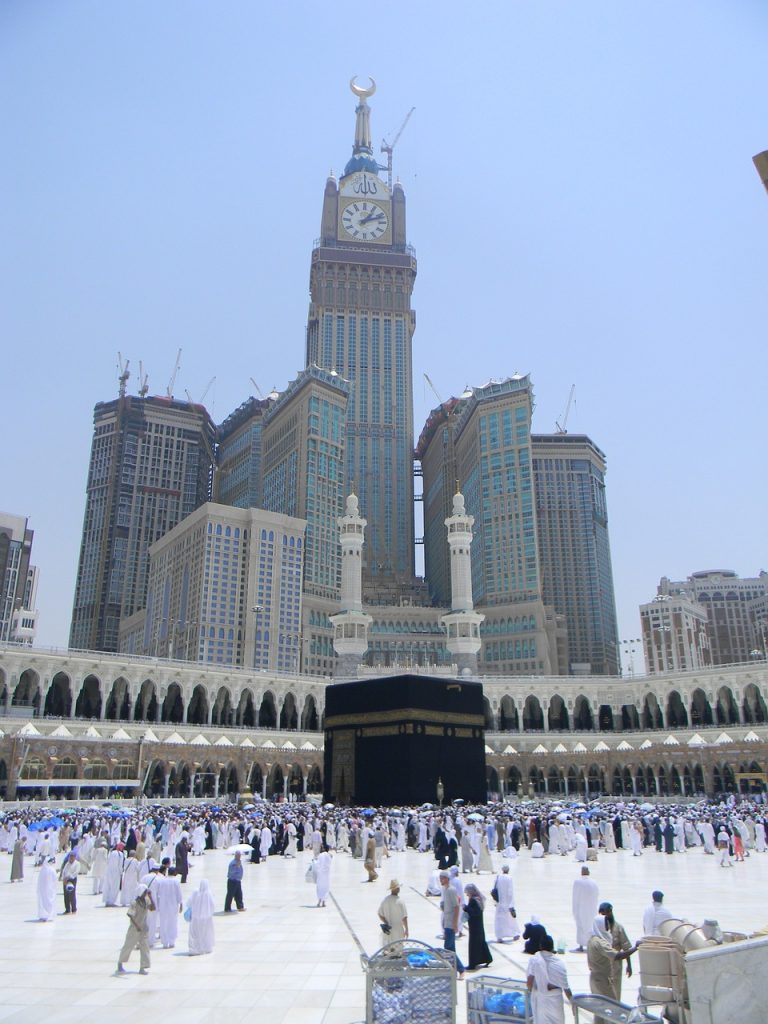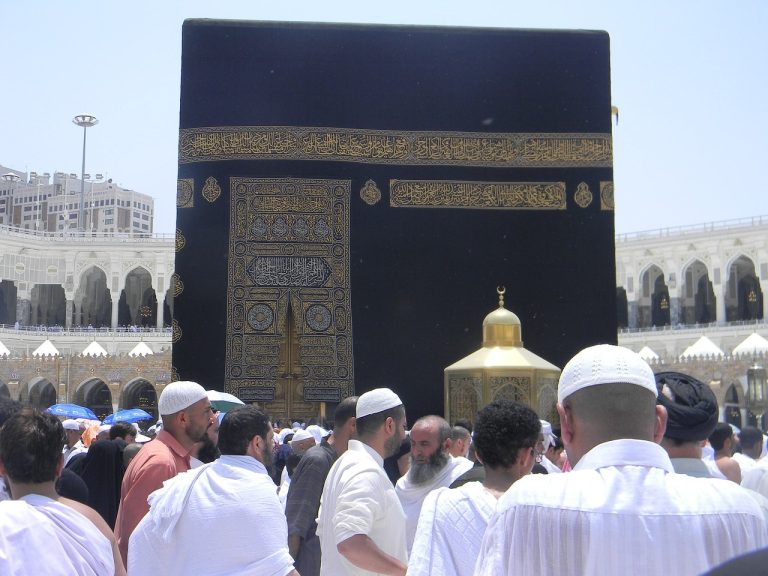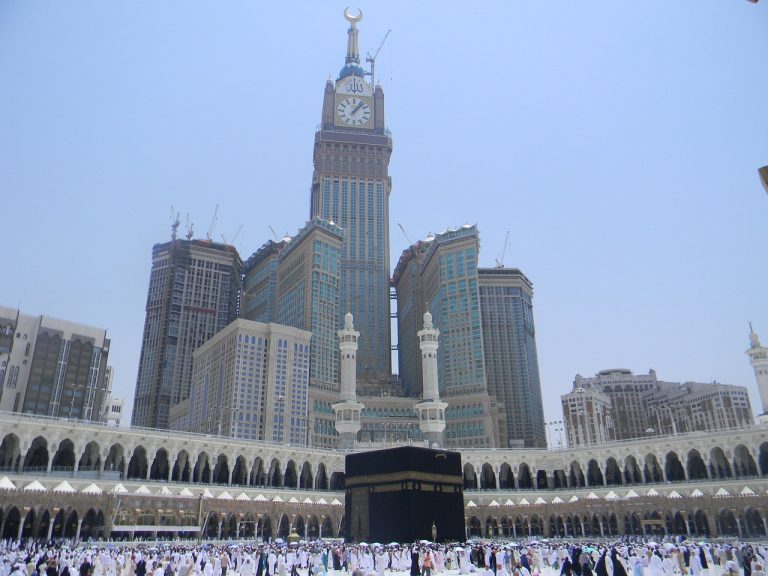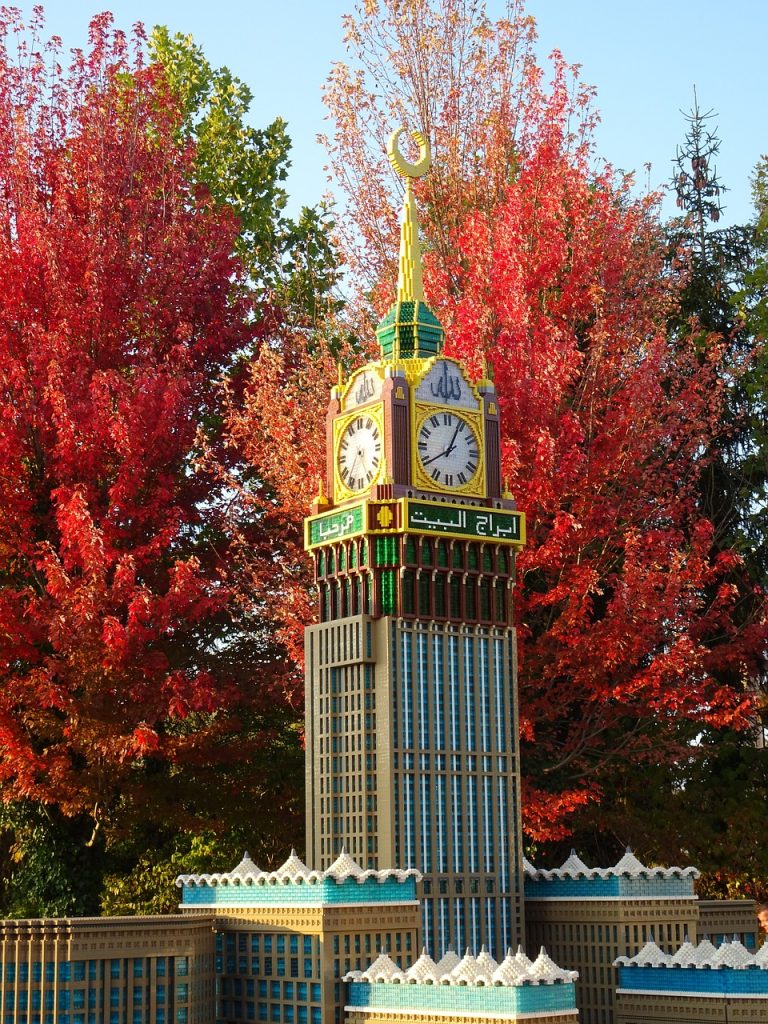Mecca Saudi Arabia Video
Local Myths and Legends of Mecca, Saudi Arabia
Mecca, the holiest city in Islam, is not only known for its religious significance but also for its rich history and culture. Throughout the years, Mecca has been the center of various myths and legends that have been passed down from generation to generation. These stories add a mystical and enchanting element to the already awe-inspiring city. In this article, we will explore some of the local myths and legends of Mecca, shedding light on the hidden tales that have captivated the hearts of locals and visitors alike.
The Well of Zamzam
The Well of Zamzam is a legendary source of water located within the Masjid al-Haram in Mecca. According to Islamic tradition, it dates back to the time of Prophet Ibrahim (Abraham) and his wife Hajar (Hagar). The well is believed to have miraculously appeared in the desert to provide water for Hajar and her son Ismail (Ishmael) when they were stranded. Today, millions of pilgrims drink from the Zamzam well during the Hajj pilgrimage, considering it to be a blessed and sacred water source.
- Myth 1: Some believe that the water of Zamzam possesses healing properties, curing ailments and diseases.
- Myth 2: It is said that the Zamzam well has never run dry, even during times of severe drought.
- Myth 3: Legends claim that the water of Zamzam tastes different to different individuals, catering to their specific needs and preferences.
The Black Stone
The Black Stone, known as the Hajar al-Aswad, is an ancient stone embedded in the eastern corner of the Kaaba, the holiest shrine in Islam. It is believed to have been sent down from heaven by Allah and was originally white but turned black due to the sins of humanity. The Black Stone holds significant religious and historical importance and is revered by pilgrims who try to touch or kiss it during the Hajj or Umrah pilgrimage.
- Myth 1: Some legends suggest that the Black Stone possesses spiritual powers and has the ability to absolve sins.
- Myth 2: It is believed that the Black Stone will testify on behalf of those who have touched it on the Day of Judgment.
- Myth 3: According to folklore, the Black Stone was once a radiant white gem that lost its original color due to the sins of mankind.
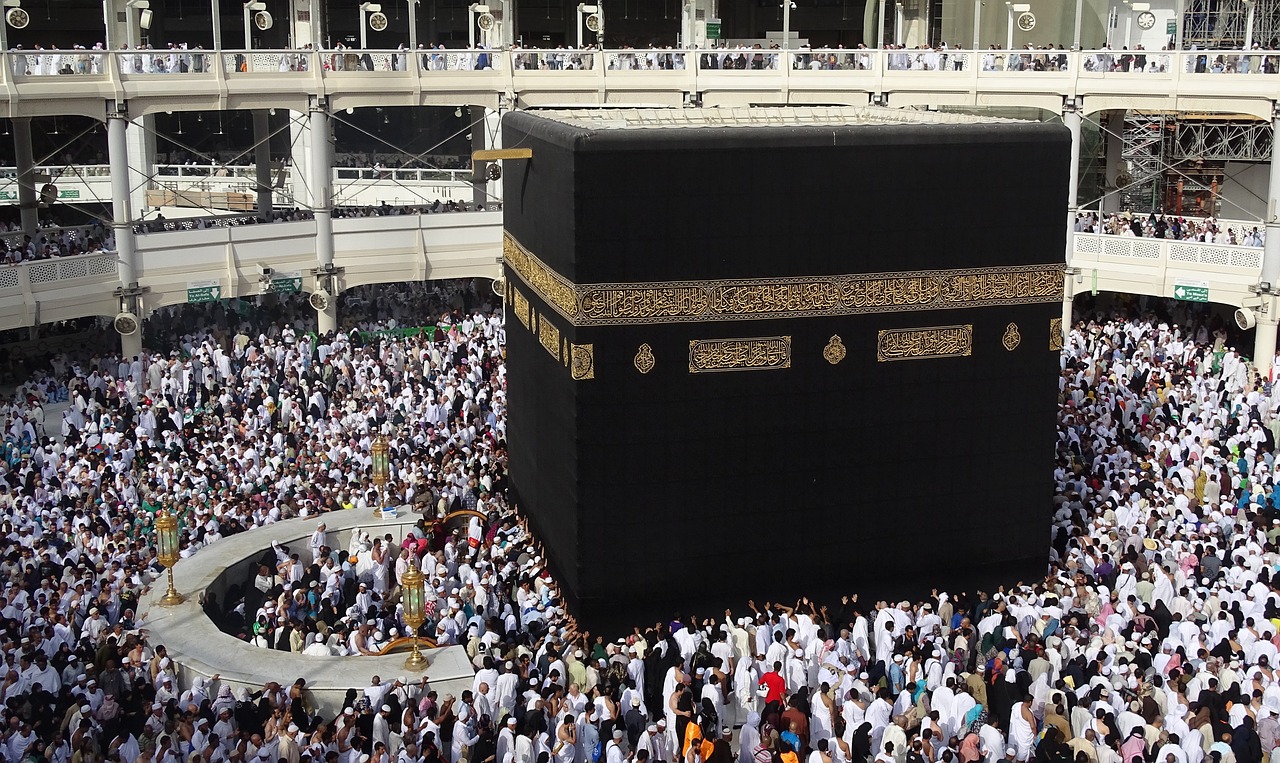
The Cave of Hira
The Cave of Hira, located on the peak of Jabal al-Nour (Mountain of Light), holds great significance in Islamic history. It is within this cave that the Prophet Muhammad received his first revelation from Allah through the angel Gabriel. The experience of receiving divine messages in the solitude of the cave is considered a pivotal moment in the history of Islam.
- Myth 1: Legends say that the Cave of Hira is a place of spiritual enlightenment, where seekers of knowledge can experience a deep connection with the divine.
- Myth 2: It is believed that the cave is visited by angels, who continue to inspire and guide those who seek solace within its walls.
- Myth 3: Some stories suggest that the Cave of Hira emits a mystical energy that can be felt by those in its presence.
The Mountain of Arafat
The Mountain of Arafat, also known as Jabal al-Rahmah (Mountain of Mercy), is a granite hill located near Mecca. It is the site where Prophet Muhammad delivered his farewell sermon during his last Hajj pilgrimage. The mountain holds immense religious significance and is visited by millions of pilgrims during the Hajj.
- Myth 1: According to local beliefs, the Mountain of Arafat is a place of divine forgiveness, where sincere prayers are answered and sins are washed away.
- Myth 2: Legends claim that the mountain has the power to grant wishes and fulfill the desires of those who visit it with a pure heart.
- Myth 3: It is said that the Mountain of Arafat is the closest place on Earth to the heavenly throne of Allah, making it a sacred and spiritually charged location.
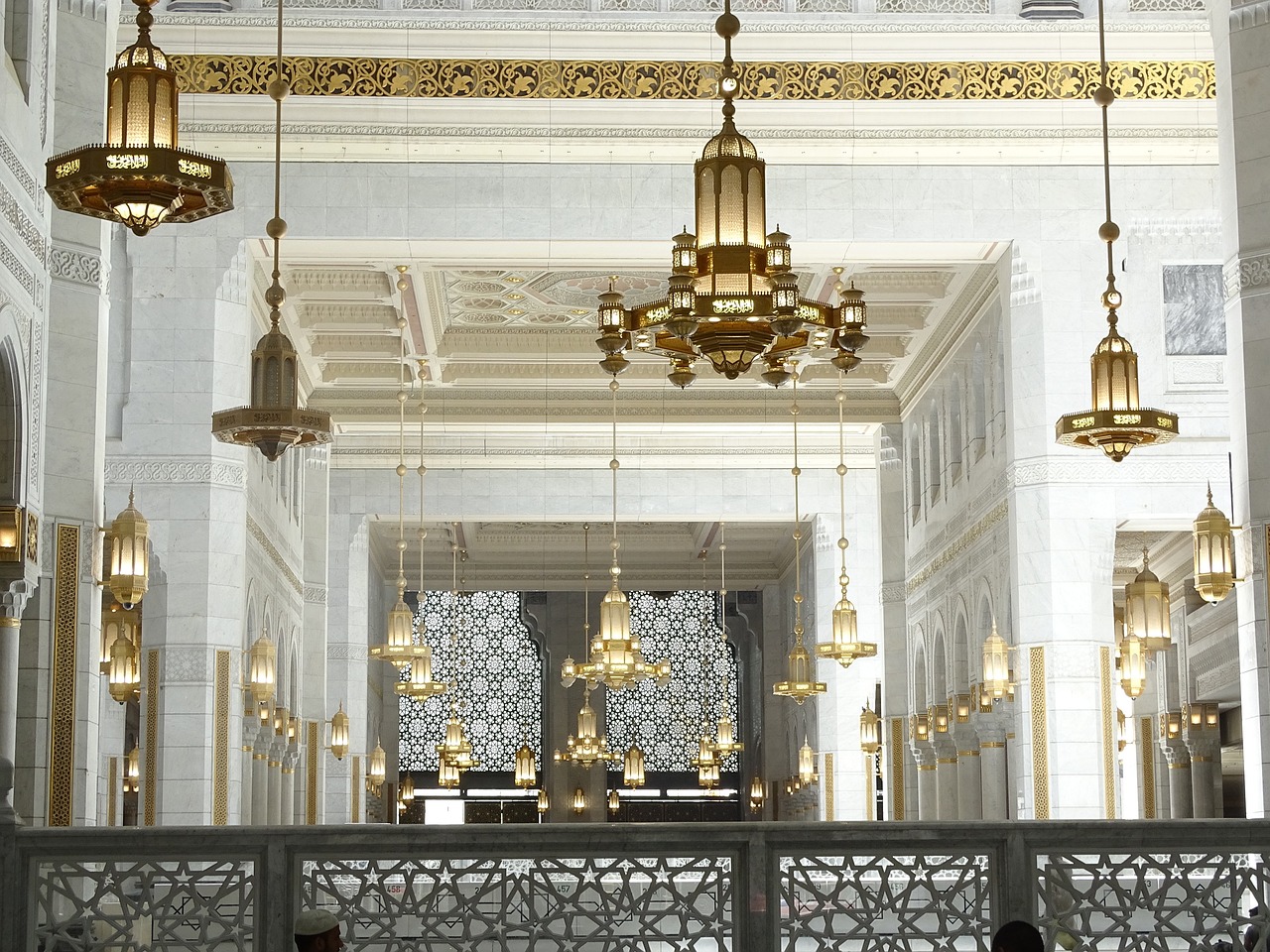
The Mountain of Abu Qubays
The Mountain of Abu Qubays, also known as Jabal Abu Qubays, is a small mountain located near the Kaaba. It is believed to be the first mountain created by Allah. According to Islamic tradition, it was initially taller than Mount Everest but was lowered by Allah to its current size.
- Myth 1: Legends claim that the Mountain of Abu Qubays possesses mystical powers, granting spiritual enlightenment to those who ascend its peak.
- Myth 2: It is believed that the mountain holds the secrets of the universe and that those who spend time in its vicinity can gain profound knowledge and wisdom.
- Myth 3: Some stories suggest that the Mountain of Abu Qubays is a place where angels frequently descend, bringing blessings and divine messages.
The Cave of Thawr
The Cave of Thawr, located on the mountain of the same name, holds historical and religious significance. It is the cave where Prophet Muhammad and his companion Abu Bakr sought refuge during their migration from Mecca to Medina, known as the Hijra. The cave provided shelter from their pursuers and played a crucial role in Islamic history.
- Myth 1: Legends suggest that the Cave of Thawr is a place of divine protection, where those seeking refuge will find safety and sanctuary.
- Myth 2: It is believed that the cave is guarded by angels who ensure the safety of those who seek solace within its walls.
- Myth 3: Some stories claim that the Cave of Thawr emits a calming energy that brings peace and tranquility to those who enter.

The House of Khadijah
The House of Khadijah, located in the city of Mecca, holds historical significance as the former residence of Khadijah bint Khuwaylid, the first wife of Prophet Muhammad. It was within this house that the Prophet Muhammad received his first revelations from Allah.
- Myth 1: Legends claim that the House of Khadijah is a place of divine blessings, and those who visit will be granted spiritual enlightenment.
- Myth 2: It is believed that the house is visited by angels, who continue to protect and bless the site.
- Myth 3: Some stories suggest that the House of Khadijah emits a spiritual energy that can be felt by those who enter, instilling a sense of peace and tranquility.
The Cave of Abu Jahl
The Cave of Abu Jahl, also known as the Cave of Thaur, is a cave located near Mecca. It is believed to be the place where Abu Jahl, one of the staunchest enemies of Islam during the time of Prophet Muhammad, sought refuge during the Battle of Badr. Despite his hiding, he was eventually found and killed.
- Myth 1: Legends suggest that the Cave of Abu Jahl is a place of divine justice, where those who oppose righteousness will face their ultimate fate.
- Myth 2: It is believed that the cave holds a spiritual energy that serves as a reminder of the consequences of arrogance and disbelief.
- Myth 3: Some stories claim that the Cave of Abu Jahl is haunted by the restless spirit of Abu Jahl, serving as a cautionary tale for those who dare to oppose the divine.
The Mountain of Qubays
The Mountain of Qubays, also known as Jabal Qubays, is a small mountain located near the Kaaba. It is believed to be the place where the Prophet Muhammad would retreat for seclusion and contemplation.
- Myth 1: Legends claim that the Mountain of Qubays is a place of divine revelation, where the Prophet Muhammad received guidance and inspiration from Allah.
- Myth 2: It is believed that the mountain holds a unique spiritual energy that can assist individuals in connecting with their inner selves and finding inner peace.
- Myth 3: Some stories suggest that the Mountain of Qubays is a sacred place where prayers are especially powerful and closer to being answered.
The Well of Abu Jahl
The Well of Abu Jahl, also known as the Bir Abu Jahl, is a well located near the Kaaba. It is associated with the story of Abu Jahl, who was one of the prominent enemies of Islam during the time of Prophet Muhammad.
- Myth 1: Legends claim that the Well of Abu Jahl is cursed, and those who draw water from it will face misfortune.
- Myth 2: It is believed that the well holds a negative spiritual energy, reflecting the dark intentions and actions of Abu Jahl.
- Myth 3: Some stories suggest that the Well of Abu Jahl is a reminder of the consequences of arrogance and disbelief, serving as a cautionary tale for those who oppose the divine.
Conclusion
Mecca, Saudi Arabia, is not only a city of immense religious significance but also a place steeped in myths and legends. These stories give Mecca a unique and enchanting atmosphere, further enhancing its allure for pilgrims and visitors. As these myths and legends continue to be passed down through generations, they contribute to the cultural and spiritual fabric of this extraordinary city.
References
- islamqa.info
- islamiclandmarks.com
- islamicity.org
- islamweb.net
- islamicrelief.org



